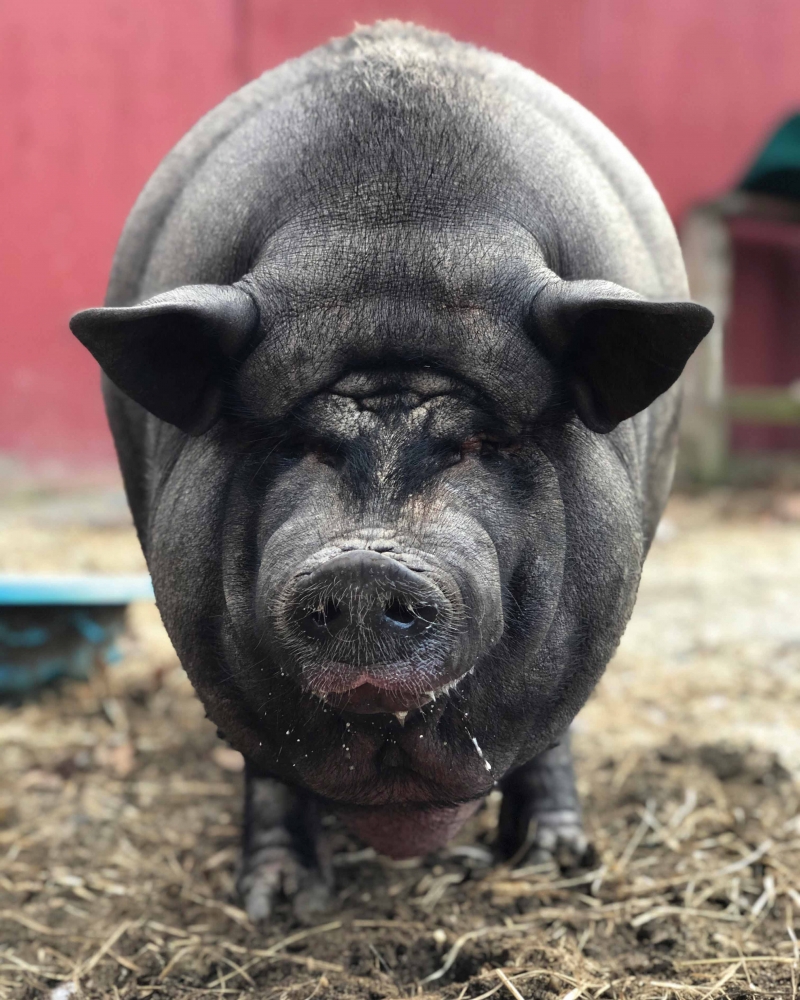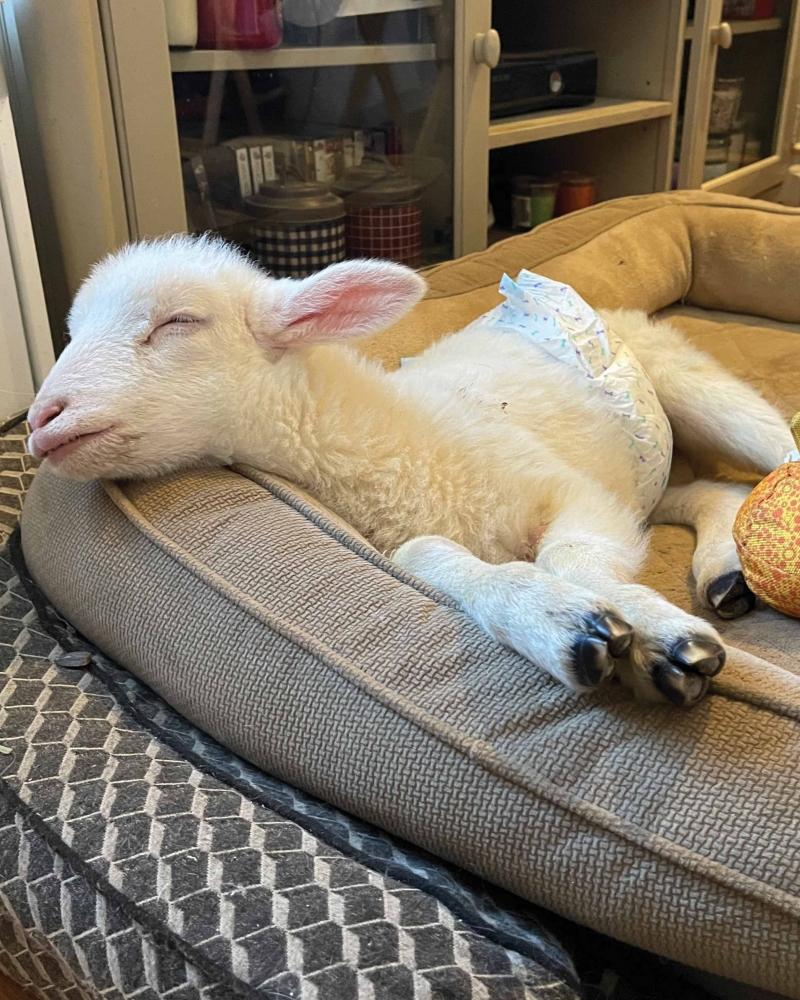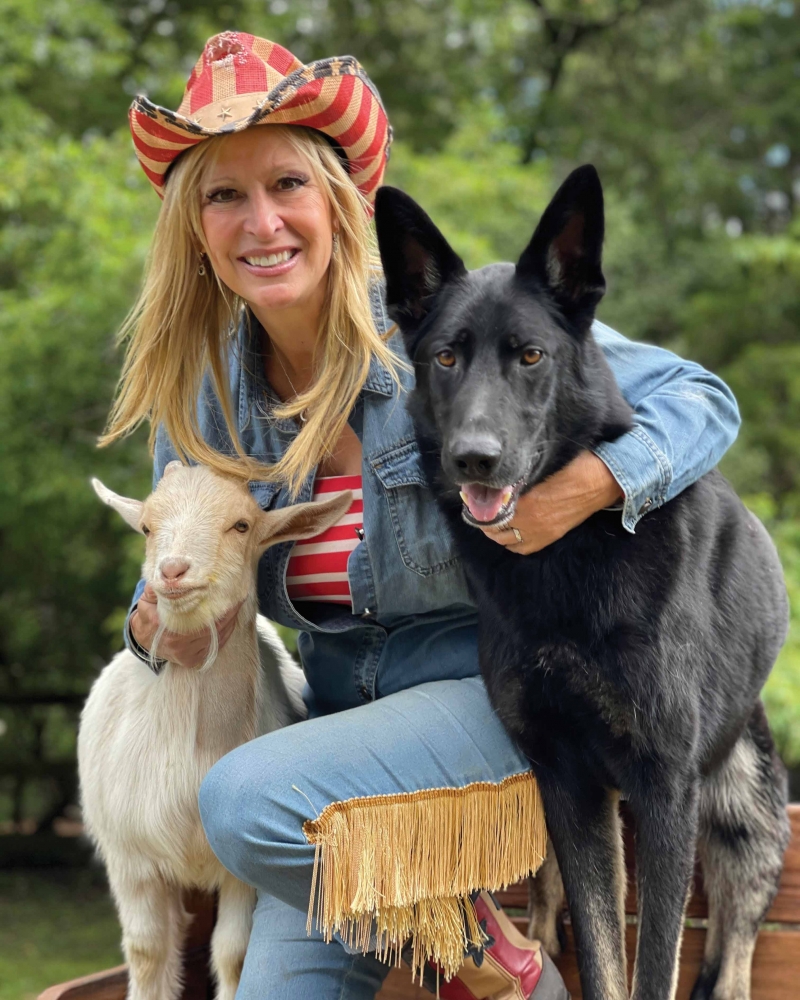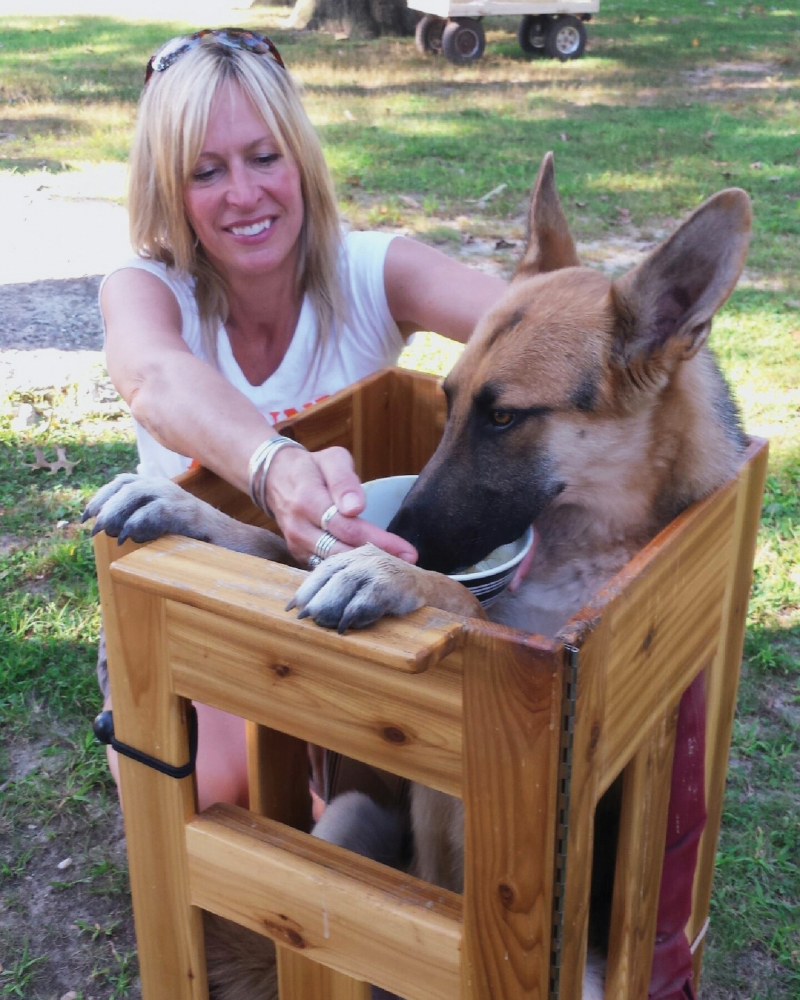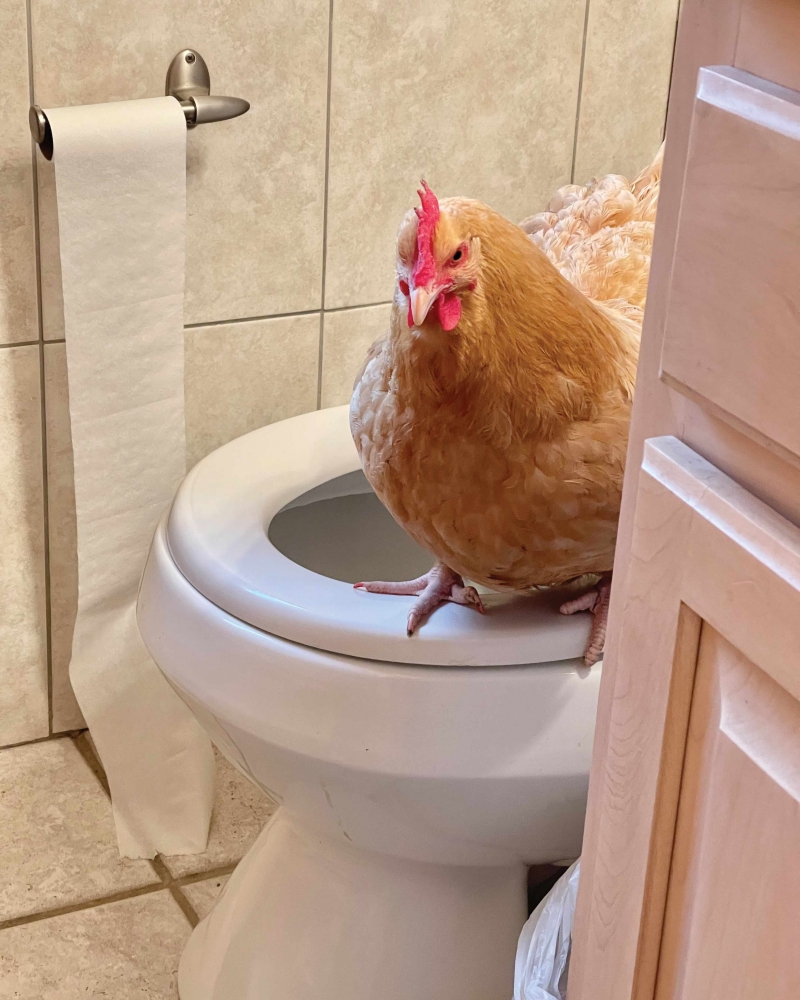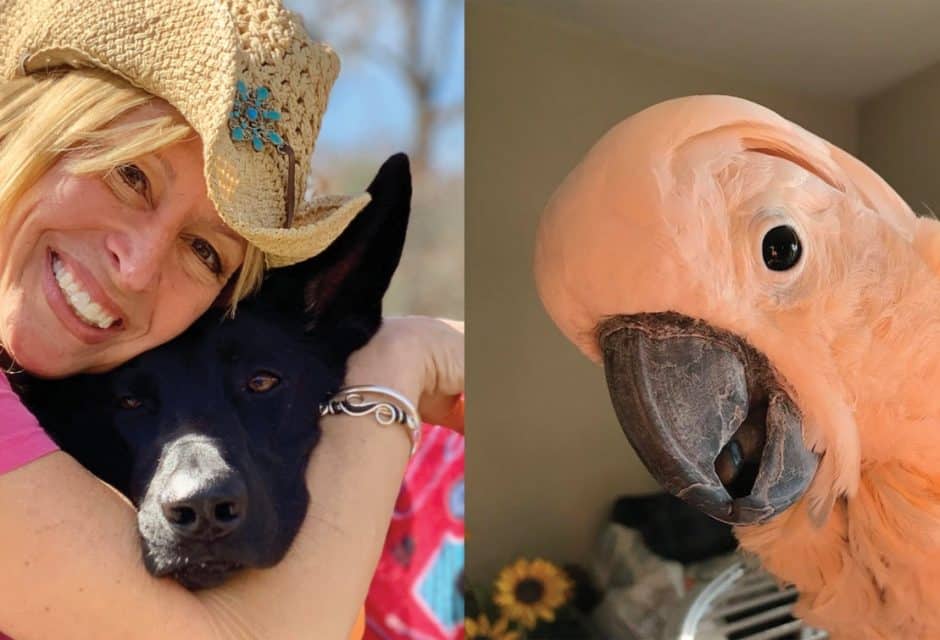
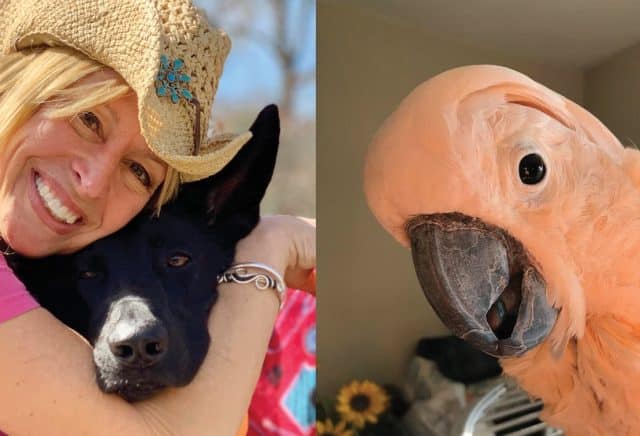
Life With 600 Rescue Animals
Funny Farm teaches lessons in kindness, compassion, and cooperation
Laurie Zaleski was in kindergarten when her mother, Annie McNulty, fled an abusive marriage, her three children in tow. The family settled into a one-bedroom shack they rented in the woods, where electricity and water were a luxury. Between the homeless pets her mom brought home from her job at the local animal control and the ones abandoned at the edge of the farm, more than 35 animals lived on the property. Annie dubbed their place the “Funny Farm.”
From childhood, Zaleski resolved that one day, she would buy her mom a farm to rescue and care for abused and neglected animals. 20 years later, she fulfilled that promise, purchasing a 15-acre farmstead in Mays Landing, NJ, and creating one of the largest animal rescues in the Northeast, with over 600 animals, including dogs, cats, goats, pigs, chickens, and horses.
Her idea was to live on the property with her mom—her best friend—and continue to run her thriving business, Art-Z Graphics, a company she started in 1996. Her plans abruptly changed when two weeks before Zaleski signed the closing documents, her mother passed away from cervical cancer.
She maintained the Funny Farm on her own for 12 years while still operating her business. Finally, in 2011, when her feed bill reached $4,000 a month, she started the process of forming a non-profit. The Funny Farm Rescue & Sanctuary was established a year later.
Soon, people asked when they could visit and volunteer. She couldn’t imagine anyone wanting to help her without pay, but not long after, a small group of family and friends trickled into the farm to help. Word spread in the community, and the number of volunteers grew. Currently, Funny Farm has between 10 and 12 regular volunteers throughout the week and about 100 for special events and projects. An adult must accompany children under 15, and all visitors and volunteers are required to sign a waiver. As one of the few farms with no age restriction for volunteers, they’ve ranged
from ages 3 to 83. One volunteer even uses a walker and greets visitors at the front gate. More than 100,000 people visit the Funny Farm each year at no charge.
In her new book, Funny Farm: My Unexpected Life with 600 Rescue Animals, Zaleski details events from her past, including her family’s challenges living on the edge of poverty. “It’s the story of my mother’s life from my perspective and how the Funny Farm came to be,” she says. Interspersed are tales of a few of the many animals she’s taken in and the unlikely bonds they’ve made with one another.
Before writing a book geared to adults, Zaleski teamed with social media volunteer Matt Reeves to create children’s books based on three Funny Farm animals. The books are part of her Kindness Program, teaching anti-bullying and understanding those with special needs. By bringing animals to schools, she shows that if various species can get along, so can the children.
On a typical weekday, Zaleski wakes up at about 4 am. She runs her graphics firm from home, occasionally going into the office. Although the Funny Farm is only open to the public on Tuesdays and Sundays, volunteers arrive each day to help. The first task of the day is to feed and water the animals. “If I get three volunteers a day, I’m ecstatic,” she says. “If I get five or six, we can get it all done.”
Adele, her chicken, lives inside with 11 dogs, but most of the animals roam the farm, interacting with different species and forming unexpected friendships. “They’re loose, and I want them to live their best life and be free,” she says. It’s not uncommon for her to look up and see a horse or cow peeking through her windows.
Zaleski is well versed in helping vets and other people with pets who otherwise would be euthanized. She has become somewhat of an expert on megaesophagus, where the esophagus gets larger and is unable to move food to the stomach. The disorder is more common in dogs than cats and requires the pet to sit in a box-shaped highchair while eating. Considering their short life expectancy, she dubbed Chucky, her dog with megaesophagus, the “Miracle Dog” because the odds were against him. The vet predicted the dog would only last six months, but he lived for five years. She currently has two dogs with the condition.
Although the Funny Farm is filled with rescued and abandoned animals, people are not allowed to drop pets randomly at the gate. But during the pandemic, someone left 21 cats covered in feces in two crates. A camera monitors activity at the front entrance, but the cats were left at the edge of the road, out of range. Her neighbour spotted the cats and called Zaleski.
“I’m usually pretty even-keeled,” she says, “but I got on Facebook Live and asked, ‘How can people do this to animals?’” They were all sick and piled on top of each other. Five of them were pregnant. She couldn’t let these cats mingle with her current cats and risk infecting them.
Immediately after her broadcast, people came to the farm in droves. They brought food, blankets, money, litter, and anything else they could think of to help the cats. “We didn’t ask for anything, but they just started coming,” she says. “People could feel my pain.”
A vet provided shots at a discounted rate while someone else fixed the animals. After recovering, all were adopted, except for four feral ones who remain on the farm.
People often ask Zaleski what Annie would say if she saw the Funny Farm now. “We would have way more visitors and volunteers because my mom wouldn’t stop talking about it,” she says. “Sometimes I’m sad, but I know that she’s here.”
* Funny Farm, published by St. Martin’s Press, was released February 22, 2022.
This article originally appeared in the award-winning Modern Dog magazine. Subscribe today!
Join the newsletter and never miss out on dog content again!
"*" indicates required fields
By clicking the arrow, you agree to our web Terms of Use and Privacy & Cookie Policy. Easy unsubscribe links are provided in every email.
